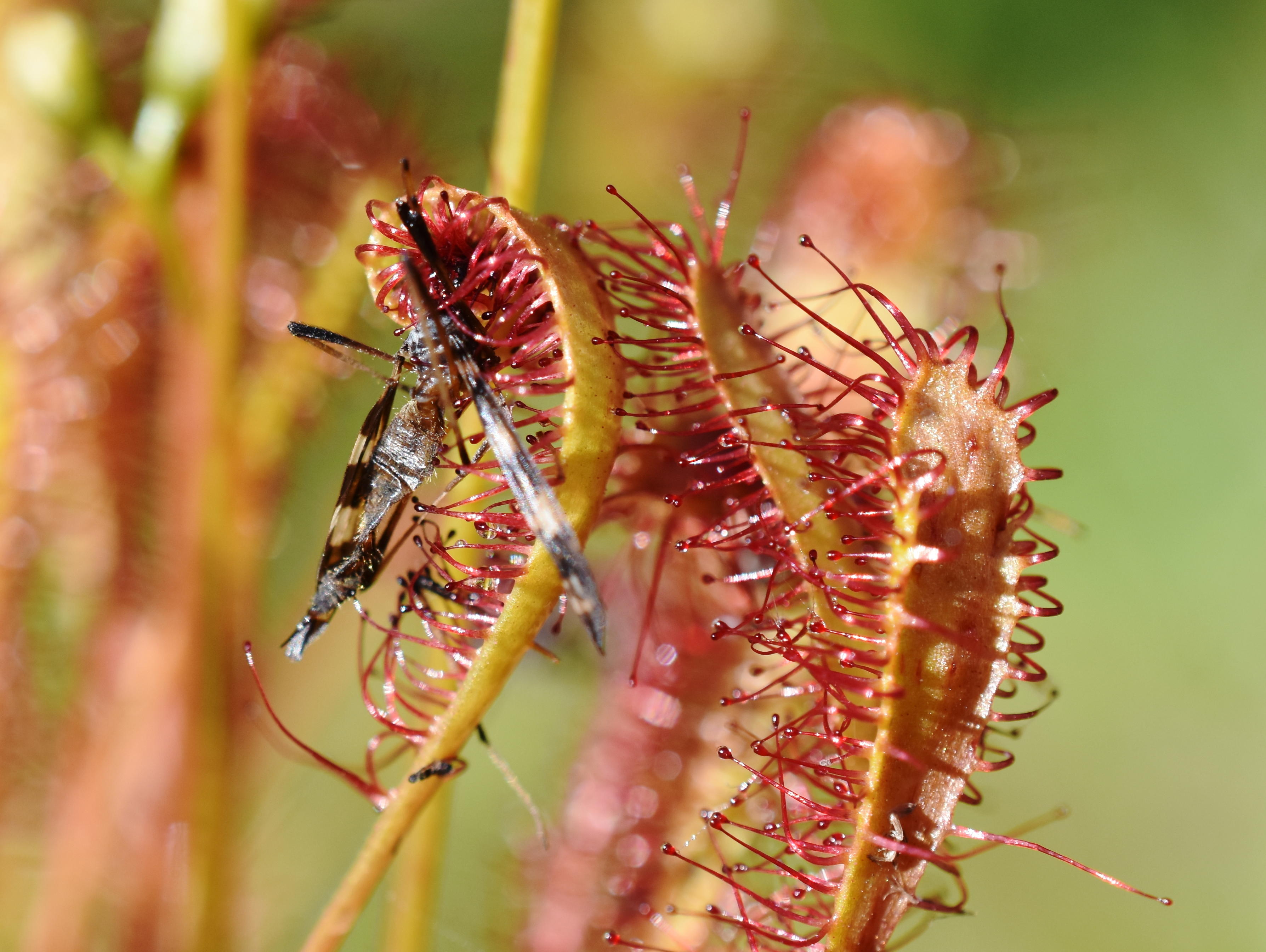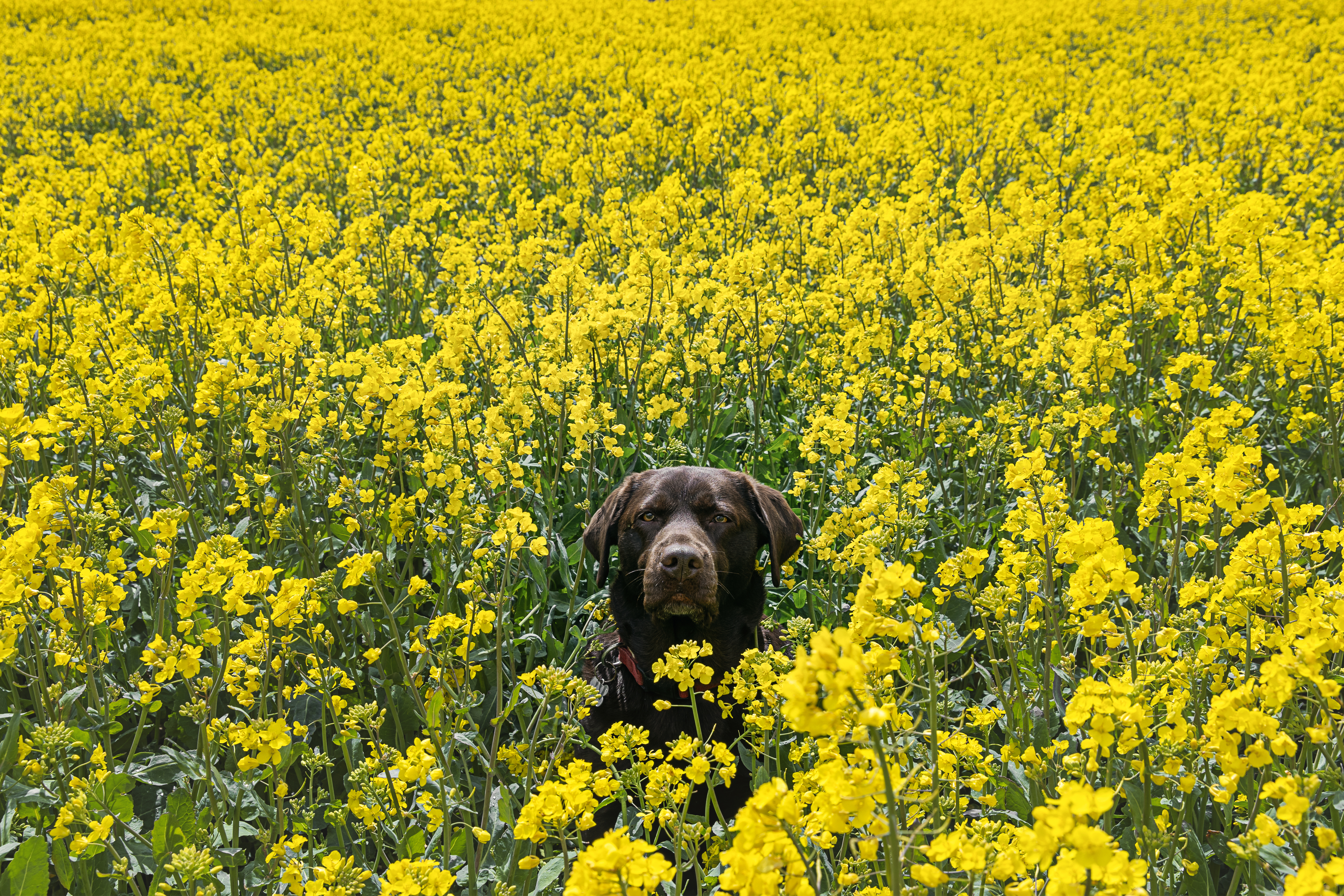Carnivorous plant which devours its prey via sticky tentacles is reintroduced to England
A conservation group is working to boost numbers of the endangered great sundew.

The great sundew (drosera anglica) was once abundant in England, but its numbers have plummeted over the last century due to loss of wetland habitats.
Thanks to Joshua Styles, the founder of the North West Plant initiative, work is being carried out to bring the endangered plant back from the brink.
Ten of the plants have been reintroduced at Risley Moss near Warrington, with the support of Chester Zoo and the Lancashire Wildlife Trust, and it is hoped hundreds of seedlings will emerge next year.
Great sundews catch their prey via tentacles on their leaves, which secrete a sticky, sweet-smelling liquid. Insects are attracted by the scent and then trapped as the tentacles wrap around their bodies.
The plant produces digestive enzymes which slowly break down the insect. Once the prey has been digested and the nutrient absorbed by the plant, the leaf unfurls, leaving only the insect's skeleton behind.
Charles Darwin was fascinated by the great sundew and compiled drawings and experiments surrounding the plant for his book, Insectivorous Plants, published around 1876.
The great sundew is red-listed as endangered due to the loss of wetlands and peat bogs, where it once thrived. The species is more plentiful in Scotland and Wales.
Exquisite houses, the beauty of Nature, and how to get the most from your life, straight to your inbox.
Cuttings were taken from a small population in Cumbria for the reintroduction project.
'It's a very rare species,' Mr Styles told the BBC. 'In England it's red-listed as endangered and it occurs in less than 20 sites and hence its rarity and status instigated me wanting to reintroduce it.'
Mr Styles said it was important to conserve meat-eating plants, such as the great sundew, for their benefits to the environment and biodiversity.
Great sundews are very similar to the round-leaved sundew, varying only in leaf shape. The great sundews leaves are narrower, at least two times as long as they are wide.

Credit: Alamy Stock Photo
Insect protein for pets is being recommended by vets - but is it really better for animals and the environment?
The BVA has said that pets should be fed using insect proteins, in order to move towards a more sustainable

Credit: Baytree Native Butterfly House
Saving Britain’s butterflies: A new plan to help save our endangered species
Three-quarters of Britain's native butterfly species are in decline, but a wildlife centre in Lincolnshire is trying to reverse that
-
 All fired up: 12 of our favourite chimneys, from grand architectural statements to modest brick stacks, as seen in Country Life
All fired up: 12 of our favourite chimneys, from grand architectural statements to modest brick stacks, as seen in Country LifeNothing says winter like a roaring fire, and plenty of the houses that we've photographed for the magazine's architectural places have fireplaces and chimneys worth boasting about.
-
 What is everyone talking about this week: More than half the country owns a pet and nearly half our marriages end in divorce — no wonder pet-nups are on the rise
What is everyone talking about this week: More than half the country owns a pet and nearly half our marriages end in divorce — no wonder pet-nups are on the risePet-nups, a formal agreement between couples over what should happen to their pets in the event of a split, are on the rise.
